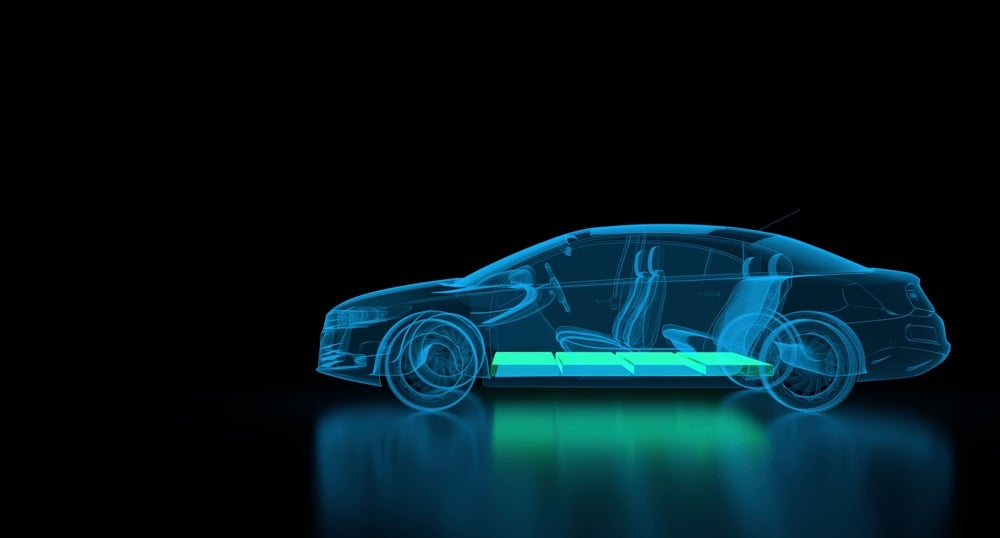
Allianz UK has issued warnings to motor traders about the potential dangers posed by EV fires, citing significant damage and financial losses. Given the role of insurers in assessing and mitigating risk, it is understandable that they would highlight potential concerns. However, a closer look at the data suggests that while EV battery fires present unique challenges, their frequency may not justify heightened alarm.
Allianz UK warns motor traders of EV battery fire risks
Lithium-ion batteries, used in EVs, can indeed pose a fire risk under certain conditions, such as when they are damaged or improperly stored. When these batteries enter ‘thermal runaway,’ they burn at extreme temperatures and release hazardous chemicals. Bedfordshire Fire & Rescue Service notes that EV fires can generate over 100 organic chemicals, including toxic gases like carbon monoxide and hydrogen cyanide, both of which are fatal to humans. These factors make EV fires more complex to manage than those involving internal combustion engine (ICE) vehicles.
However, when it comes to the likelihood of a fire occurring in the first place, available data suggests that EVs are statistically far less likely to catch fire than petrol or diesel vehicles. Research from EV FireSafe, AutoTrader, and national fire agencies consistently supports this. AutoTrader reports that UK fire services estimate around 100,000 vehicle fires occur annually, yet only 239 EV fires were recorded in 2022–2023 — just 0.24% of the total. Meanwhile, the Swedish Contingencies Agency found that petrol and diesel vehicles are 20 times more likely to catch fire than EVs. In Sweden in 2022, there were 611,000 vehicle fires, yet only 23 involved EVs — a mere 0.004%.
Further supporting this, a 2023 report from US insurer AutoinsuranceEZ titled ‘Gas vs Electric Car Fires (2023 Findings)’ stated that “based on this data electric cars don’t catch fire nearly as much as the news claims.” Additionally, an FOI request obtained by Air Quality News found that in 2019, the London Fire Brigade dealt with just 54 EV fires compared to 1,898 petrol and diesel fires.
This is not to dismiss Allianz’s concerns entirely. The severity of EV fires when they do occur is a real issue, as they take longer to extinguish, require specialised training for fire crews, and can cause greater damage to buildings and property. Allianz cites two motor trade premises fires linked to faulty EV batteries, resulting in claims of over £5 million and £1.5 million. However, without broader context — such as the total number of EV-related fire claims processed — it remains unclear whether these are isolated incidents or indicative of a wider trend.
Access the most comprehensive Company Profiles
on the market, powered by GlobalData. Save hours of research. Gain competitive edge.

Company Profile – free
sample
Thank you!
Your download email will arrive shortly
We are confident about the
unique
quality of our Company Profiles. However, we want you to make the most
beneficial
decision for your business, so we offer a free sample that you can download by
submitting the below form
By GlobalData
The insurer also raises concerns about lithium-ion batteries in power tools, referencing a £250,000 claim following a fire at a tyre fitting centre. But again, no comparative data is provided to determine whether these incidents are becoming more frequent or if they pose a greater risk than fires from traditional vehicle sources.
Ultimately, Allianz’s role is to assess and manage potential risks, and its recommendations — such as proper storage, inspection protocols, and collaboration with insurers — are valid precautions. However, the available evidence suggests that EV fires are still rare, and the conversation should be driven by data rather than disproportionate concern.
A balanced approach is needed: acknowledging the real dangers posed by lithium-ion battery fires while recognising that, overall, EVs remain a safer option than their petrol and diesel counterparts when it comes to fire risk.
The discussion around EV safety must be based on facts, not fear. The key is ensuring that risk mitigation strategies are informed by accurate data, so businesses and consumers can make well-informed decisions about EV adoption and management.

